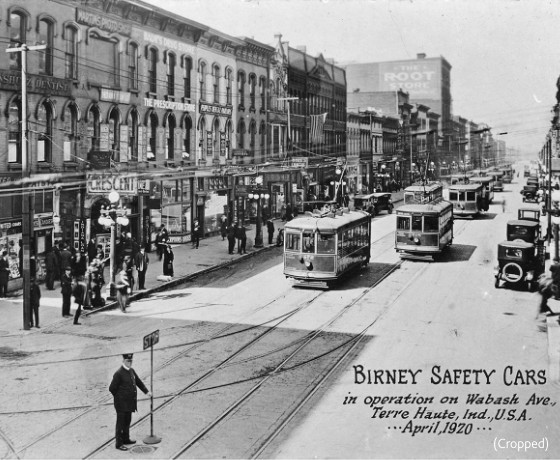
Purchase Tickets
Rivers, Rails and Roads
People have traveled across Indiana for thousands of years. Before and just after contact with Europeans, Indigenous peoples connected their communities with networks of rivers and trails. With European explorers, fur traders and settlers came new vehicles of transport, such as flatboats, keelboats and horse-, mule- or oxen-drawn carriages and wagons. In the 1800s, steamboats became a popular and more convenient form of river travel.
The Indiana Historical Society’s newest exhibit, Rivers, Rails and Roads, is now open at the Eugene and Marilyn Glick Indiana History Center, located at 450 W. Ohio St. in downtown Indianapolis.
The exhibit showcases sketches, photographs and maps to illustrate the changes in transportation over time as well as first-person texts and oral histories that explain what it was like to use and work for various modes of transportation.
Rivers, Rails and Roads runs through October 28, 2023.
Supported By
Emerson B. and Jane H. Houck Endowment for Hoosier Photography








